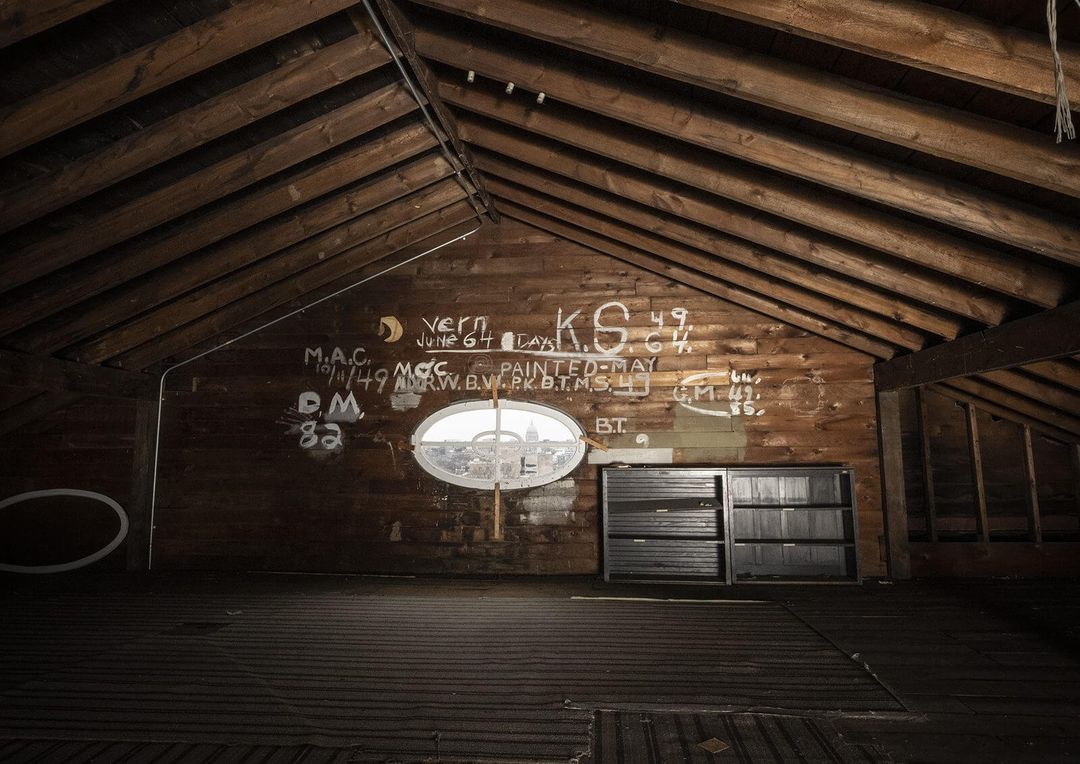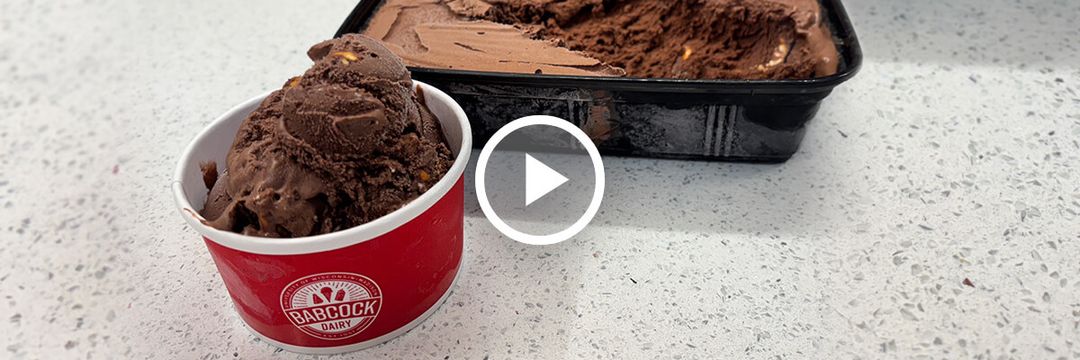Ingredients:
Mint Jell-O with olives and celery
–––
Orange Jell-O with 1 tablespoon vinegar
Carrots, grated
Cabbage
Pineapple
Procedure:
The creator of these recipes had enough experience with Jell-O molds that she didn’t need to record quantities or instructions for herself, but I needed a little more help. Here is what I pieced together from some of the other Jell-O recipes in her book and online sources:
Dissolve one three-ounce package of Jell-O in one pint of boiling water (minus two tablespoons). Add vinegar (if using). Chill. When slightly thickened, stir in two to three cups of inclusions. Pour into individual molds. (The internet suggested spraying the molds with cooking spray, so I did.) Chill until firm, about four hours.
For the mint-flavored mold, I had to start with a base of unflavored gelatin, so the rules were a little different. I used two packets of gelatin bloomed with a half cup of cold water before adding the remaining one and a half cups of boiling water, then one-quarter teaspoon of peppermint extract and two drops of green food coloring.
When ready to serve, dip the molds in warm (not hot) water for a few seconds to help them release. Then, with all the grace of a goose learning to juggle, flip them onto the serving platter.
Comments:
Halloween is upon us, so I went in search of the spooookiest recipes I could find in the UW Archives’ cookbooks. But this raised the question: without an intentional Halloween theme, what makes a recipe scary?
Initially, I selected the beef tongue recipe in Seasoning Secrets and Favorite Recipes by famed UW chef Carson Gulley. As a kid, I saw the 1959 movie adaptation of Journey to the Center of the Earth where one of the heroes stabs a giant iguana through the tongue with a metal spike. Ever since, I’ve been terrified of two things: tongue piercings and beef tongues at the deli counter. I figured that Halloween is the perfect time of year to confront one’s fears, so what better way to do this than with a culinary adventure? Besides, I’ve heard that beef tongue sandwiches are quite delicious. Alas, my nerve failed me at the butcher’s shop. I beat a hasty retreat, flailing my hands and making highly undignified whimpering noises.
So, I selected an alternative recipe from a culinary category that has amused and horrified me for years: midcentury savory Jell-O molds. Among the cookbooks preserved in the archives is a small, dark-red vinyl binder formerly owned by Wisconsin poet Lorine Niedecker. The notebook, circa 1964, contains a mix of handwritten recipes as well as clippings found in magazines or newspapers. This was an era of heavy Jell-O experimentation, so published recipes often called for flavor combinations and inclusions that many might balk at today.
But Niedecker was not satisfied to follow in the jiggly footsteps of others. On one page of the notebook, she wrote “Jell-O Suggestions,” along with a list of ideas for new, creative combinations of her own. If her notebook were a scary movie, this would be the part where I’d start screaming: “NO, LORINE! DON’T GO IN THERE!”
Oh, but we’re going in there. That’s right — we’re trying out two untested Jell-O recipes.
The first thing that perplexed me was the addition of vinegar to the orange option. Then I did some reading and learned that vinegar can help Jell-O set when there are other factors that may prevent it from doing so — such as the addition of pineapple, which has enzymes that interfere with gelatin setting. Clearly, this was not Niedecker’s first Jell-O rodeo.
But I immediately encountered another problem: mint Jell-O doesn’t exist anymore. In a world that still somehow tolerates the existence of cotton candy Jell-O, mint Jell-O was unpopular enough to be discontinued. So, I had to improvise, as you can see in the recipe above.
Review:
I started with the orange one, which seemed to be the most edible. My initial reaction was that the orange Jell-O masked any unpleasant flavors, but then I hit the carrots and cabbage and a wave of confusion swept over my taste buds. While I understand the appeal of contrasting textures and flavors, this was a bewildering blend of lollipop-sweet goo and the vegetative crunchiness of unseasoned coleslaw. I kept taking nibbles to try to make sense of it, but I never could.
The green one, which I molded in the festive shape of a skull, was a different story. My mouth immediately rejected it. Oddly enough, it tasted like the smell of a dentist’s office: artificial mint, plastic, and disinfectant comingled. The flavor of the celery briefly cut through to give me respite, then faded away again, leaving olive brine and despair. There was no second bite.
As unappetizing as these recipes were to me, I still found the process endearing. Thanks to the archives, this unassuming red notebook enabled me to reach out to Niedecker across time to bring her untested ideas to life. I’m reminded, ironically, of one passage from her poem “Paean to Place”:
O my floating life
Do not save love
for things
Throw things
to the flood
She was warning us not to affix too much meaning to objects, as everything is destroyed by the passage of time and water in the end. But in this case, the preservation of one small thing gave us a glimpse into her everyday life and ideas that we would not have seen through her published works alone. To me, private cookbooks scrawled with notes are the poetry of daily living: the messy, unglamorous, yet deeply touching moments that capture who we are better than any social media post or political campaign sticker. We should all be so lucky as to have our recipes live on after us like gentle ghosts. Maybe next time I’ll stick with Niedecker’s Dutch apple cake recipe, though.









